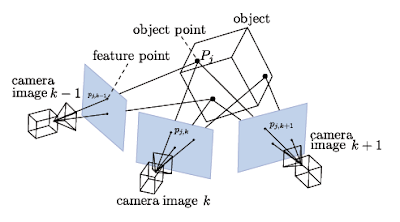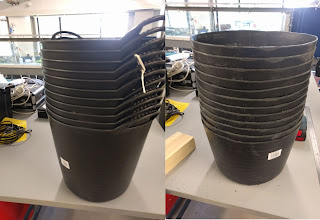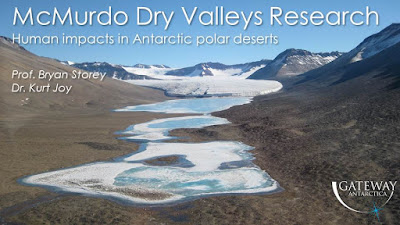In the last year or so, Ive been using SfM more and more as a tool to analyse geomorphology at the landscape and decameter (<10 m2) scale. Its a great technique that is used in a range of disciplines because of its relative low cost and simplicity compared to LiDAR.
LiDAR (Laser Distance and Ranging)
LiDAR is just a fancy distance meter that shows the distance and azimuth to a point. Combine that with a spinning mirror, a fast pulsing laser and some computing power, it produces a "cloud" of points in XYZ space around a known location. In this situation the "dome" of data collected from the ground is referred to as terrestrial laser scanning (TLS). This concept can be combined with an aerial platform (UAV, helicopter, plane etc) and corrected using the yaw, pitch roll of the vehicle to produce a wide ground coverage of elevation within several centimeters vertical accuracy; This is an ALS (Aerial laser scanner).The awesome thing about LiDAR is that it can penetrate vegetation allowing you to create a "Bare earth" model of elevation (Digital Elevation Model, DEM) and can strip away vegetation digitally to see the underlying surface
In a nut shell TLS is great for scanning things with some vertical detail (buildings, glacier margins etc), while ALS is great for scanning large flat areas of topography.
 |
Glacial landscape of the Nashua River Watershed, Shirley, MA. Bare earth DEM from aerial LiDAR by mgs.geo.umass.edu. |
The video for the Radiohead song "House of cards" was created using a TLS point cloud.
Structure from Motion (SfM)
In stark contrast to LiDAR, with all its electrickery and lasers, SfM just uses cameras.....Yes just normal cameras, even the camera in your cell phone.
Now you see what I mean by low cost!
SfM uses a series of overlapping 2D photos of a object or a landscape or your cat, and processes them to produce a 3D point cloud. The idea behind SfM is that you have a fancy algorithm looking at each photo, identifying points that match (up to 40000 points per photo), and then using these "links", the computer plots their position in 3D space in relation to each other. It sounds complex, but there is a range of software, both open source and commercial, that make the process easy.
 |
From point observation and a number of camera parameters, the 3D structure of the scene is computer from the estimated motion of the camera (Open MVG). |
At UC, I use a package called Agisoft Photoscan pro, its nice because it can used on a range of cameras/hardware and allows you to add surveyed ground control points to give the model accurate scales. So using a few known GPS coordinates, a bunch of photos of an object you can build pretty good 3D models for measurement/monitoring or visualisation. The hi resolution mesh that is created could also be exported online via one of the many 3D object sharing sites (i.e. sketchfab, see below). You could print the landslip out on your 3D printer if you were that way inclined!
So....
After all that. LiDAR is awesome but expensive and SfM is a cheap, easy (ish) way to build accurate 3D models at a range of scales. I like SfM, its "my thing" at the moment, so I'll be talking about it a lot. In reality probably too much!
Here is a favor I did for a friend of some data they collected during a quick UAV flyby of a landslip, I extracted 140 frames from the video and processed them in Photoscan to produce a 3D model. The sketchfab link under the photo allows you to view the data in 3D.
Examples of the images used. |





